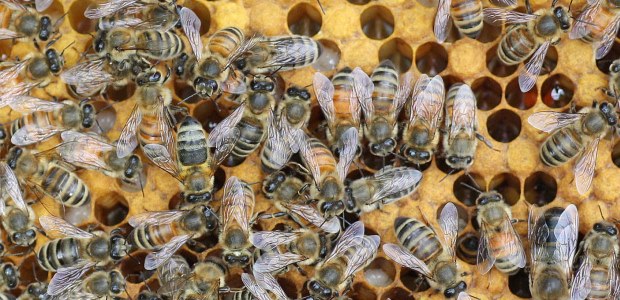
BLS Tallies Occupational Injuries Involving Insects
Bites and stings killed 10 workers per year on average from 2003 to 2010, and more than 4,600 lost-time non-fatal cases occur each year.
Occupational injuries in the United States that involve insect bites and stings probably are more numerous than most people realize, but workers rarely die from them, according to a paper written by two Bureau of Labor Statistics employees that is based on Census of Fatal Occupational Injuries and Survey of Occupational Injuries and Illnesses data. Steve Pegula and Andrew Kato report in “Fatal injuries and nonfatal occupational injuries and illnesses involving insects, arachnids, and mites” that an average of 10 workers were fatally injured each year during 2003-2010, while more than 4,600 lost-time cases occurred each year during 2008-2010.
July and August are the months with the highest number of lost work days attributable to non-fatal injuries associated with insects, they report. Only Texas, with 21 fatal injuries recorded in 2003-2010, had more than 10; Florida ranked second with eight.
Most of the 83 fatal occupational injuries from 2003 to 2010 were caused by bee stings. Non-fatal work-related injury and illness case counts that resulted in lost work days ranged from 4,930 to 6,870 between 2008 and 2010
The year with the highest number of fatalities during the eight-year period from 2003 to 2010 was 2005, with 15 of these. The lowest number, six, was in 2003.